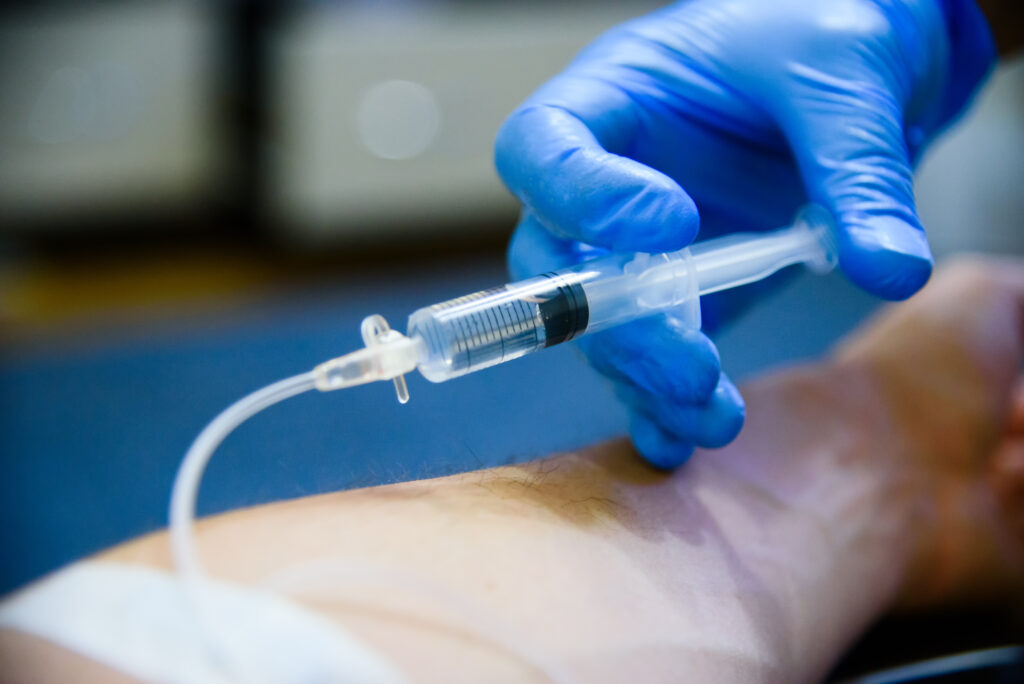Venous thromboembolism (VTE), encompassing both deep vein thrombosis (DVT) and pulmonary embolism (PE), represents a significant risk in the perioperative setting, particularly among patients undergoing major surgical procedures. VTE is a leading cause of morbidity and mortality in hospitalized patients, making effective prophylaxis crucial. Chemoprophylaxis, the use of medication to prevent the formation of blood clots, is a central strategy in managing this risk. This article discusses the importance, implementation, and considerations of chemoprophylaxis for VTE in surgical patients.
Importance of VTE Chemoprophylaxis
The occurrence of VTE can significantly complicate postoperative recovery, leading to longer hospital stays, increased healthcare costs, and higher mortality rates. Certain surgeries, especially orthopedic procedures such as hip and knee replacements, carry a higher risk of VTE. The risk is compounded by factors including patient immobility, hypercoagulability of blood post-surgery, and vascular injury during the procedure. Chemoprophylaxis serves as a preventive measure, reducing the incidence of these potentially fatal complications.
Medications Used in VTE Chemoprophylaxis
The choice of chemoprophylactic agent depends on the patient’s overall risk profile, type of surgery, and potential drug side effects. Commonly used medications include:
- Low Molecular Weight Heparin (LMWH): LMWHs, such as enoxaparin, are frequently used due to their efficacy, safety profile, and ease of use. They work by inhibiting factor Xa and other clotting factors, reducing the formation of thrombin and subsequent blood clots.
- Unfractionated Heparin (UFH): Although effective, UFH requires close monitoring of blood coagulation levels to adjust dosing appropriately, making it less convenient than LMWH.
- Direct Oral Anticoagulants (DOACs): Agents such as rivaroxaban and apixaban are being increasingly used due to their oral administration route and predictable pharmacokinetic profiles, although they may not be suitable for all patient groups.
- Warfarin: Less commonly used for immediate postoperative VTE prevention due to its slower onset of action and the need for careful monitoring and dose adjustment based on INR (International Normalized Ratio) levels.
Implementing VTE Chemoprophylaxis
Effective VTE chemoprophylaxis involves assessing each patient’s risk factors for thrombosis and bleeding. Risk assessments are typically based on guidelines from bodies such as the American College of Chest Physicians (ACCP) or similar organizations, which consider factors like patient age, history of VTE, type of surgery, and comorbid conditions such as cancer or heart disease.
The timing of chemoprophylaxis is also critical. Typically, prophylaxis is initiated before surgery to establish anticoagulation at the time of greatest risk and continued for a variable duration post-surgery depending on the patient’s ongoing risk. For example, extended prophylaxis up to 35 days post-surgery may be recommended for patients undergoing major orthopedic surgery.
Challenges and Safety Considerations
While chemoprophylaxis significantly reduces the risk of VTE, it is not without challenges. The primary concern is the risk of bleeding, which can be exacerbated by the surgical procedure itself. Patient-specific factors must be carefully balanced to minimize this risk. Regular monitoring and adjustment of dosage based on kidney function and potential interactions with other medications are also necessary to ensure safety and efficacy.
Additionally, patient education is crucial, particularly for those on DOACs or warfarin who will continue their treatment after discharge. Patients should be informed about the importance of medication adherence, recognition of bleeding signs, and when to seek medical help.
Conclusion
Chemoprophylaxis for VTE in the perioperative setting is an essential component of surgical care, significantly reducing the risk of deep vein thrombosis and pulmonary embolism. Careful selection of the anticoagulant, based on individual patient risk profiles and surgical factors, is crucial to maximizing benefits while minimizing risks. As surgical techniques and pharmacological agents evolve, ongoing review and adaptation of prophylaxis guidelines will continue to improve patient outcomes in the perioperative setting.
